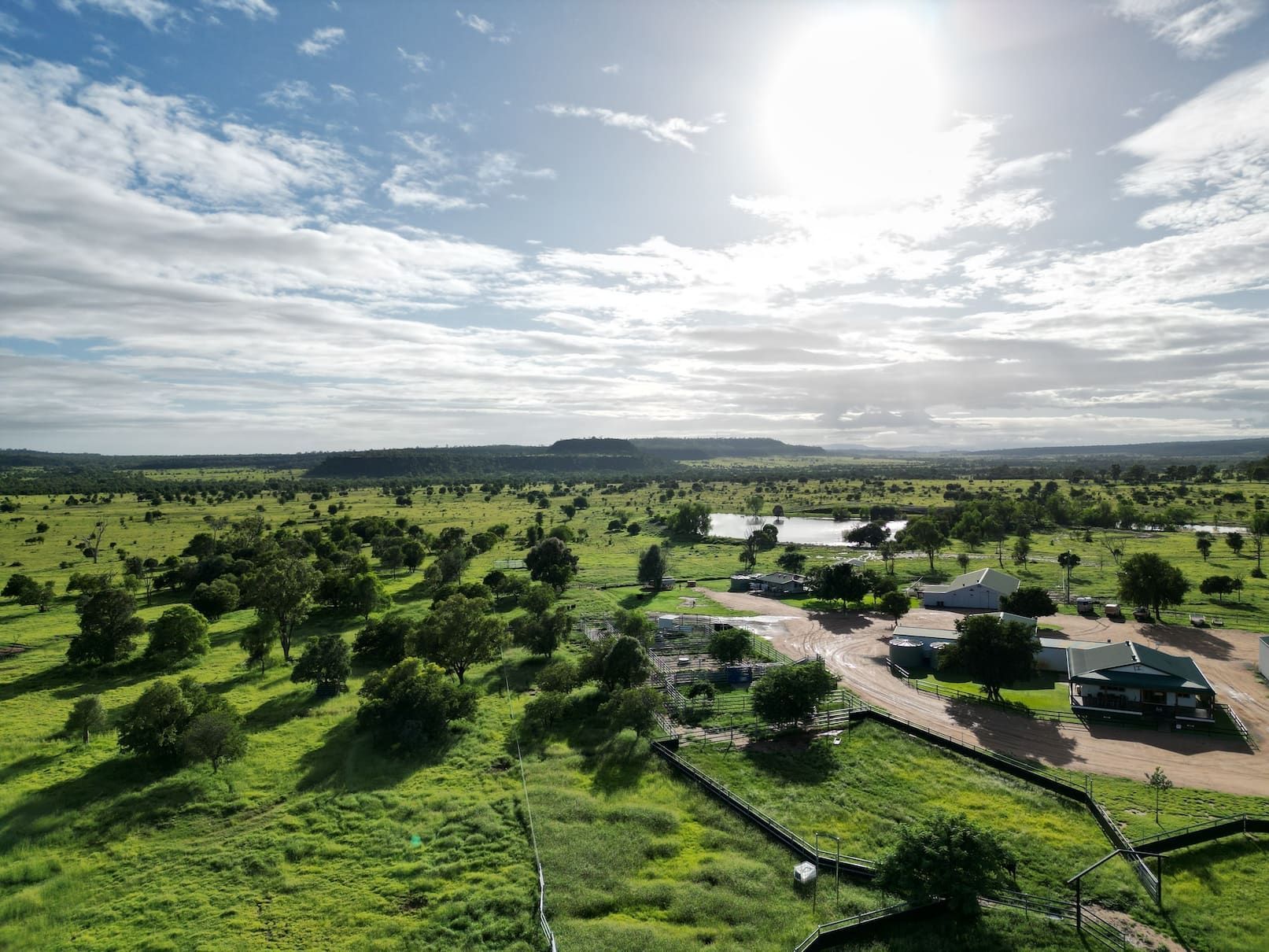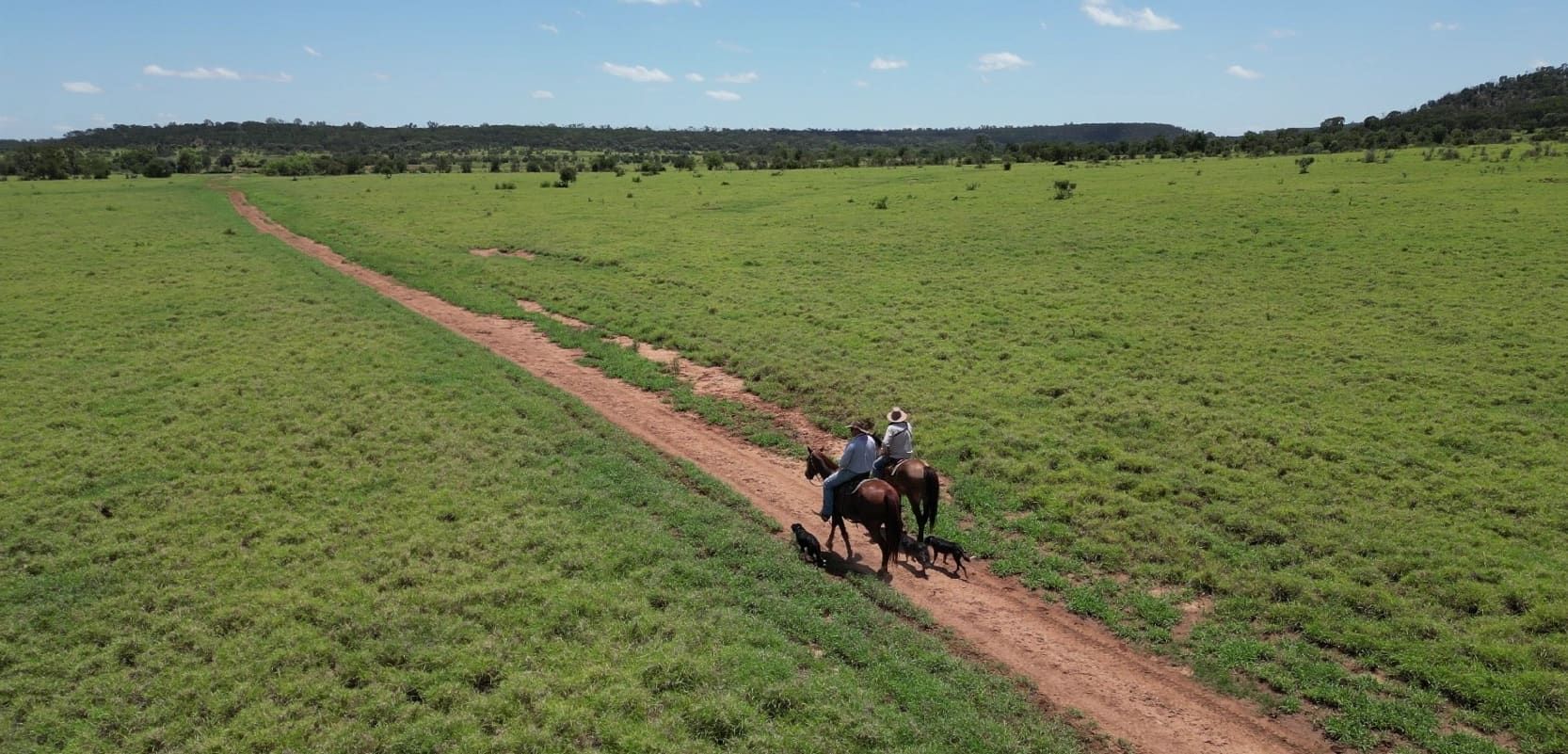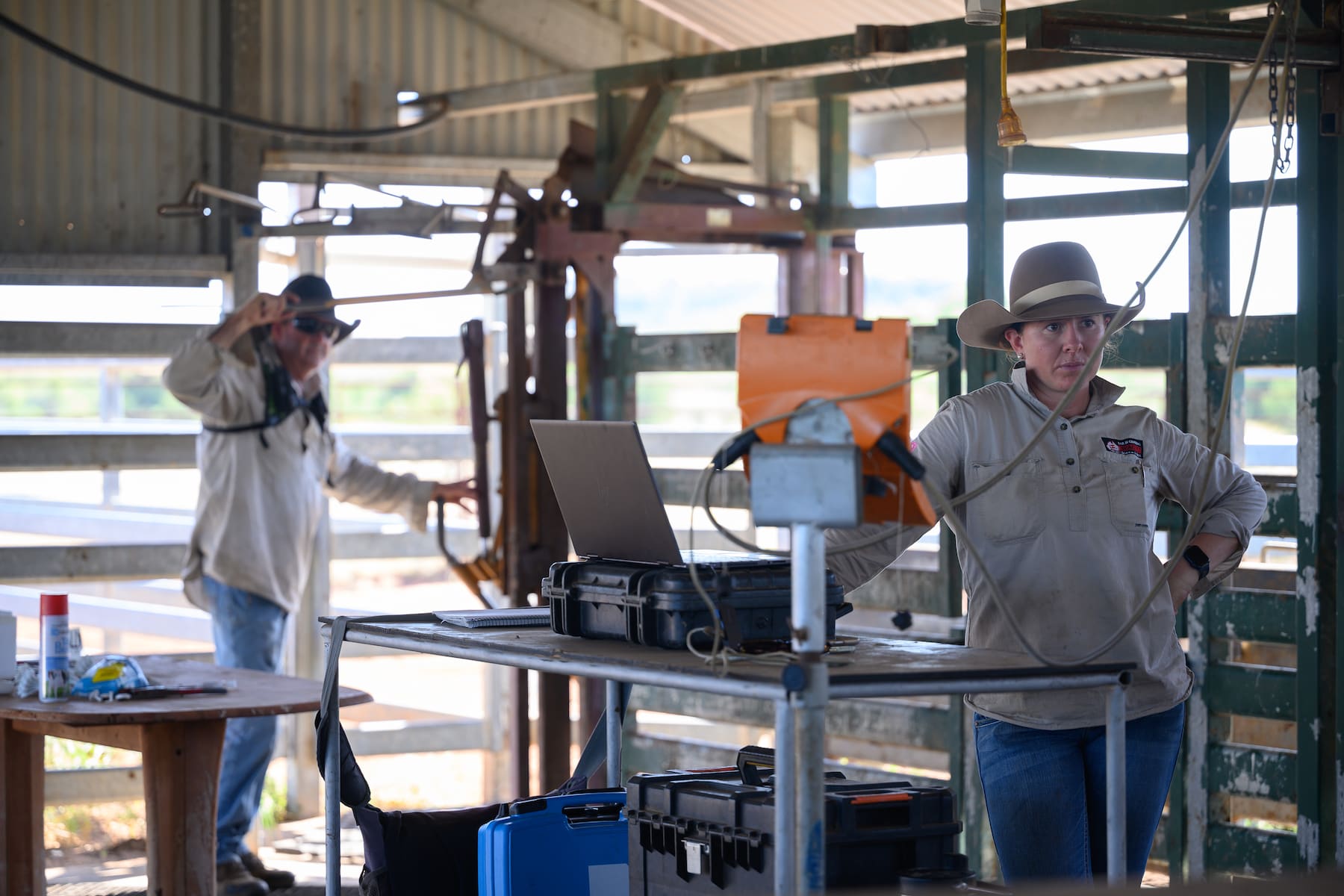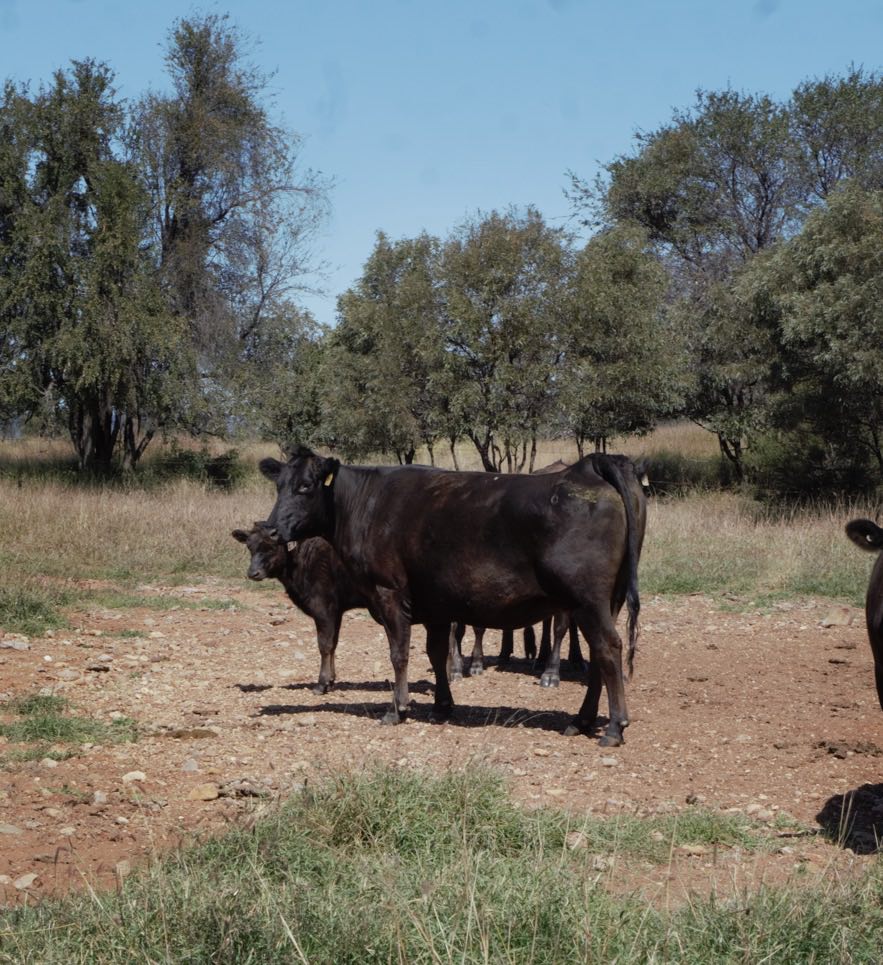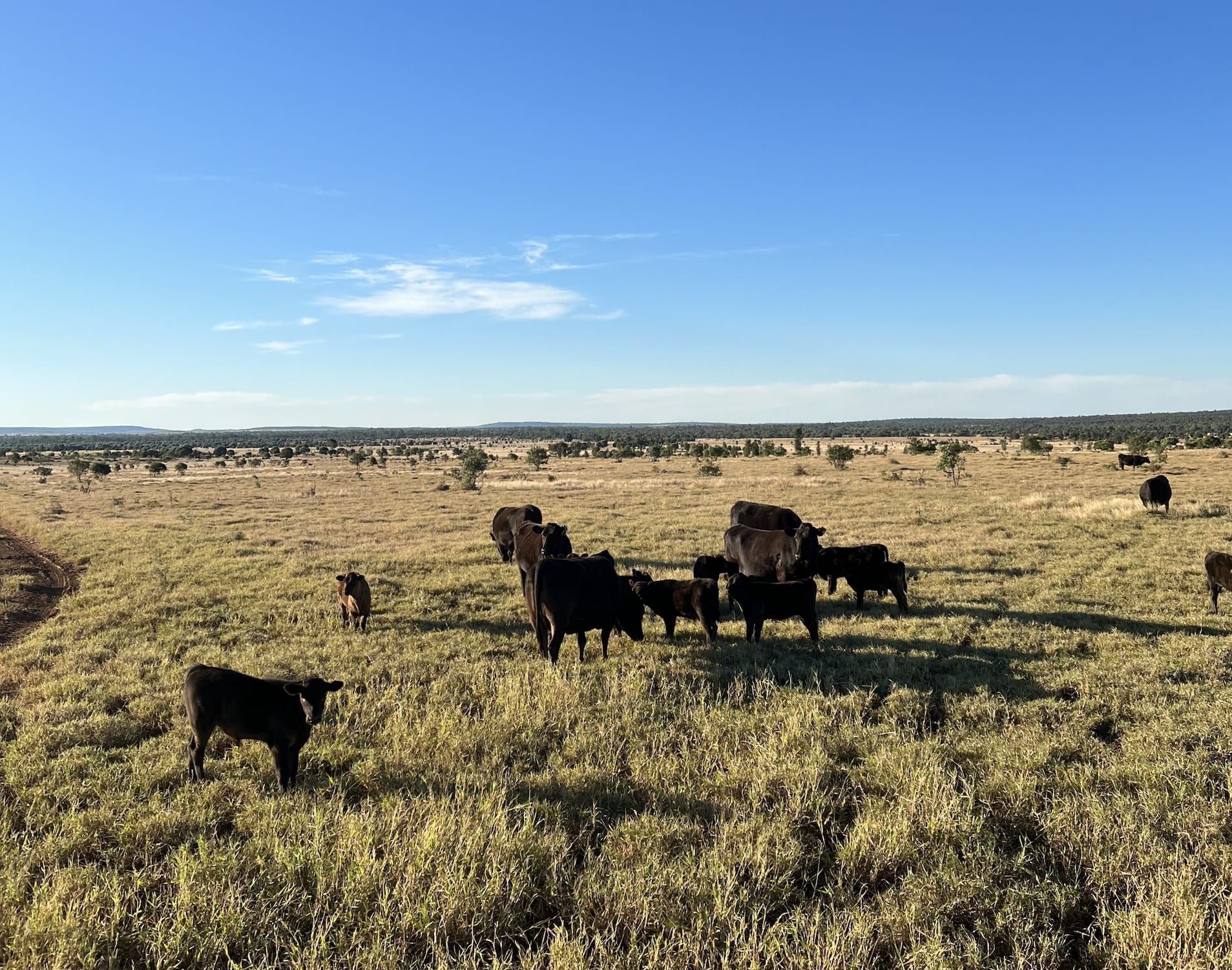Proactive vs Reactive Planning
Prepare, perform, and persevere. These 3 P’s were the running theme of the Young Beef Producers Forum held at Roma in mid-November, attended by three members of our team. Amongst all the informative speakers, a key takeout was the necessity of preparation. Whilst this is far from being a foreign concept, it is a tool that can be continually implemented and improved on.
Operations Manager Andrew Jansen knows how integral planning and preparation is for Bar H, “The things we’re doing now, is setting us up for autumn next year”. An example of this is capitalising on our standard wean, we have been drafting weaner mothers up into more appropriate groupings. This has eliminated the headache of mothering up, will streamline branding, auction selections and future joining decisions. How are we prepared? Seasonally, we have focused heavily on the ‘What If’ scenario of the river’s flooding. “Operations is structured to think ahead” AJ mentioned. This structure is pivotal in making room for elective tasks such as artificial breeding programs and capital improvement, whilst giving the team space to focus on the one percenters the whole way through.
It is in the moments when planning has fallen through the cracks, that we can heavily appreciate the benefit of thinking ahead. As most businesses can attest to, Covid impacted plans in a way that sometimes wasn’t foreseen. The repercussions were felt here on River Lea with something as simple as ordering visual tags and TSU’s. Arriving months later than standard time, this oversight resulted in management plans having to change outside of standard procedure. Product Manager Ria Garside reflected on her experience of the repercussions “Reactive planning takes a lot more effort than prior planning, there’s more logistics to take into consideration and can prevent you moving forward. It also means the one-percenters are likely to be overlooked”.
What is reactive vs prior planning? A company called BetterUp that focuses on well-being in the workplace, explains these different styles in the context of management. “Reactive management is when leaders respond to crises and issues as they arise. Proactive management means anticipating needs and challenges so that you and your team are prepared to overcome them.” The article continues, “It's impossible to anticipate every circumstance. No leader or organization can be proactive all the time. But if you're reactive all the time, you may spend a lot of time in fire-fighting mode. Your team may get frustrated that you didn't have contingency plans in place for foreseeable challenges.”
It can be inherent in our nature as individuals of the agricultural world, to be in fire-fighting mode, trying our best to manage the variables. However, if we wish to continue maximising efficiency, we need to acknowledge and embrace the reality of forward planning and how five minutes now, can save an hour later.
“It's not possible to be proactive all the time, but it’s not practical to be in problem-solving mode all the time either. Proactive means learning to dance between the day-to-day while keeping one eye on the future.”
Allaya Cooks-Campbell from BetterUp.
References
Cooks-Campbell, A. (2022, February 17). Reactive vs. proactive management styles: Which one gets results? Retrieved from BetterUp : https://www.betterup.com/blog/reactive-vs-proactive
Other Posts


